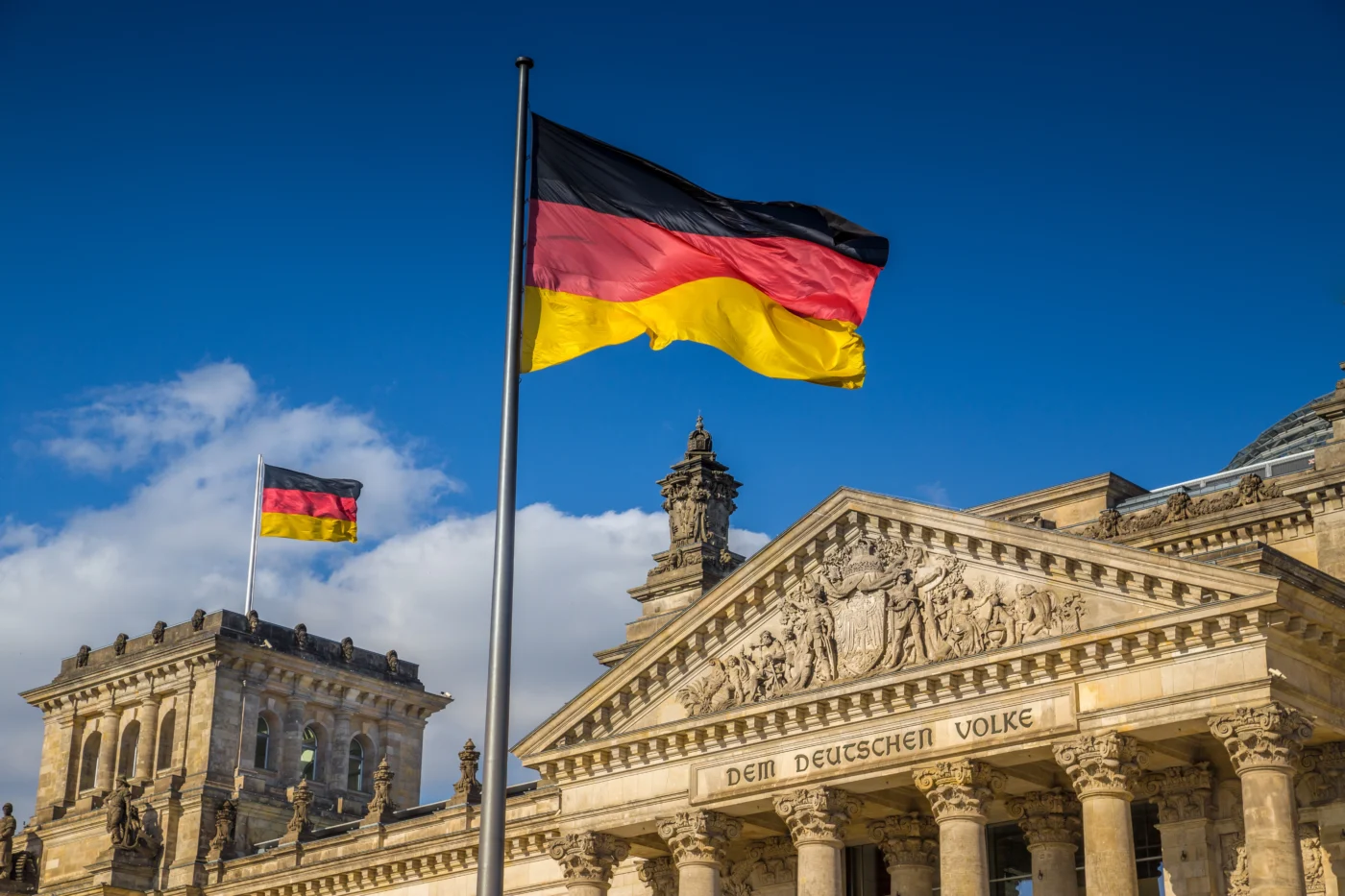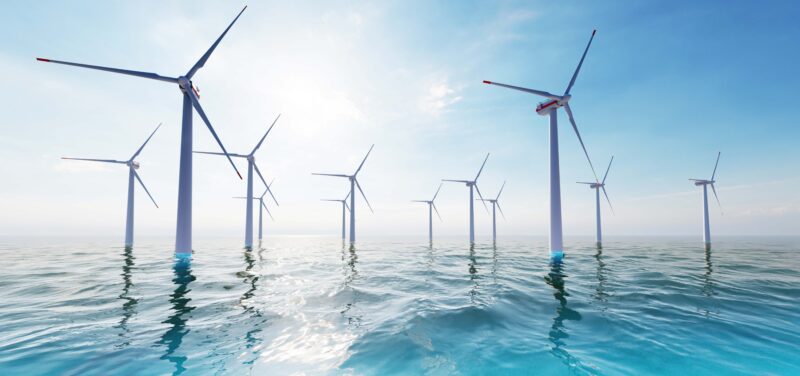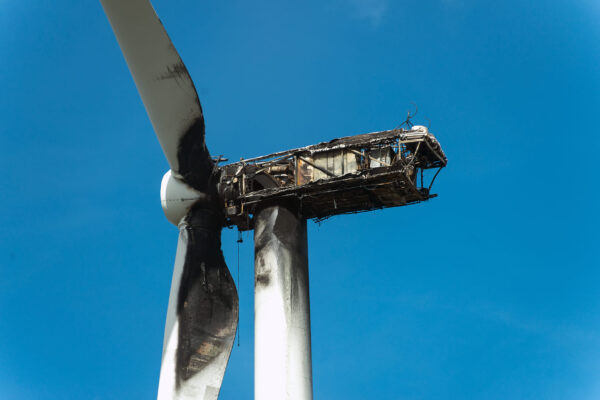Germany’s venture with wind energy commenced in the late 1980s, with the establishment of the first wind farm near Wilhelmshaven. This marked a significant shift from traditional energy sources like coal and nuclear power to renewables. The 1991 Electricity Feed-in Act, the world’s first green electricity feed-in tariff scheme, laid the foundation for the Renewable Energy Sources Act (EEG) of 2000. This landmark legislation ensured grid connections for renewable energy sources and offered fixed tariffs for 20 years, thus providing investor stability and predictability. Funded through an EEG surcharge on electricity consumers, these tariffs were not considered public subsidies.
The EEG set ambitious renewable energy targets, initially aiming for a 12.5% contribution to national electricity consumption by 2010 and later increasing this goal to 80% by 2050. These evolving targets underscored Germany’s escalating commitment to renewable energy.
Revisions to the EEG reflected changes in the energy landscape, notably in 2014 when the system transitioned from fixed feed-in tariffs to a market-driven auction system. This change encouraged the direct marketing of renewable energy. In 2022, the EEG surcharge was eliminated, reducing the financial burden on consumers, while federal funding continued to support guaranteed tariffs for renewable projects.
The rise of German offshore wind
The implementation of these policies saw the establishment of major wind farms. Milestone projects like the Alpha Ventus offshore wind farm, established in 2009, and the BARD Offshore 1 in 2010, one of the world’s largest offshore wind farms at that time, paved the way. The Gode Wind 1 and 2, constructed in 2016, significantly boosted Germany’s wind energy capacity. As of June 2023, the EnBW Hohe See offshore wind farm, with an installed capacity of 497 MW, stands as Germany’s largest, powering around 560,000 homes and significantly reducing CO2 emissions.
Navigating challenges
Germany’s integration of intermittent wind power into its national grid required innovative approaches. The use of advanced forecasting and smart grid technologies effectively managed the variability of wind energy. This was complemented by energy storage systems, such as batteries and pumped hydro storage, to ensure a consistent power supply.
To address wildlife concerns, especially the impact on birds and bats, quieter, slower-moving turbine blades were developed. Additionally, radar systems were implemented for detecting bird migrations. Environmental impact assessments have become a standard practice for new wind farms, aiming to minimize ecological disruptions.
Overcoming local resistance, which often stemmed from concerns about landscape changes and noise, was pivotal. Engaging with communities, sharing financial benefits, and considering aesthetics in turbine design played key roles in garnering local support.
A global leader with local strengths
As of the end of 2023, Germany, with its over 60,000 MW of installed wind power capacity, stood as a leading global wind energy producer. Its strong legacy in mechanical and electronic engineering, central location in Europe, and highly skilled workforce, bolstered by its education system, affirmed its position as a hub for both onshore and offshore wind energy.
The future appears bright, with continued technological advancements, governmental support, and public backing. Chancellor Olaf Scholz’s ambitious target of reaching 115 GW by 2030 underscores the country’s aggressive expansion strategy. To achieve this, Germany confronts challenges like land scarcity, investor uncertainty, and slow licensing processes. Recent government initiatives, including plans to build up to five turbines daily by 2030, are geared towards surmounting these challenges.



